Sewage sludge is a residue left after wastewater treatment. Long viewed as simply a nuisance, this residue is actually a resource that can be exploited, an income stream and energy source.
Anaerobic digestion of sewage sludge enables local authorities and industrial companies to aim for energy autonomy, or even to sell the energy produced to a local network.
How does anaerobic digestion work? This biological process transforms the sludge from urban wastewater treatment plants into green energy: biogas. Biogas can be used to produce heat and electricity, or even injected into the public distribution network, once purified into biomethane.
Our solutions for collecting and transforming waste from sewage treatment plants
We work alongside local authority and industrial customers to treat and recover value from sewage sludge. Veolia offers a number of technological solutions for the treatment of sewage sludge and energy recovery, including MemGas™.
The MemGas™ process uses membranes to separate methane and carbon dioxide compounds to concentrate methane into biomethane that can be injected into the gas network for domestic or industrial use.
This delivers:
- Very high purification efficiency, up to 99.5%.
- Fully automated and remote controlled (smart monitoring offered through Hubgrade).
- Robust and very reliable with an availability rate of 95%.
- No chemicals, nor water consumption.
- Low energy consumption.
Our solutions work with all types of organic, industrial and municipal sludge and fats.
Anaerobic solutions require less energy and produce less sludge. They have a small footprint and produce valuable biogas. A true green solution!
- Smaller environmental footprint
- Compliance with environmental regulations
- Additional revenue stream
Discover also how we transform household waste into energy >
Are you are industrial or local authority customer? What benefits does this bring you?
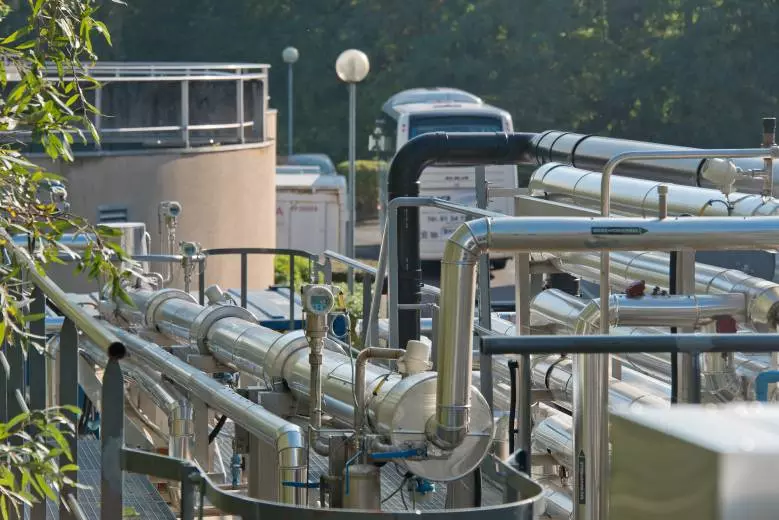
We did it!
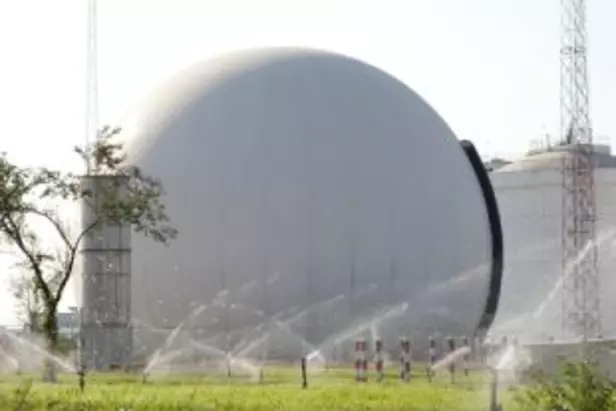
China
We installed six digesters at the treatment plant in Urumqi, China. They can treat over 80,000 cubic meters of sludge and produce 930,000 cubic meters of biogas every month. This in turn means 800,000 kWh of green electricity is produced monthly, which is then fed into the local electricity grid.
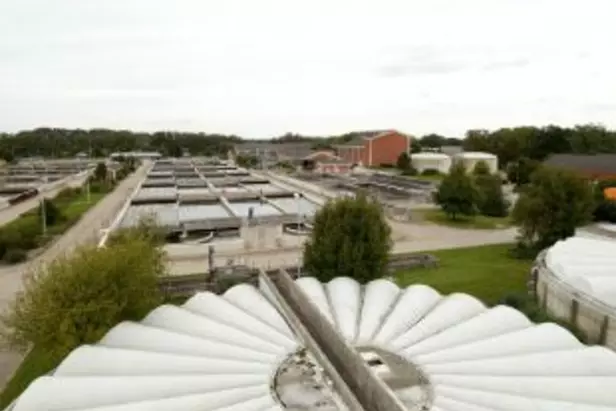
Germany
The wastewater treatment plant in Braunschweig, Germany, is now 100% self-sufficient in electricity thanks to the solution provided by BS Energy, our subsidiary operating at this site with a capacity of 275,000 population equivalents. Biological treatment of wastewater, thermophilic digestion of sludge and co-digestion with organic waste, cogeneration and biogas recovery have made the site energy self-sufficient.
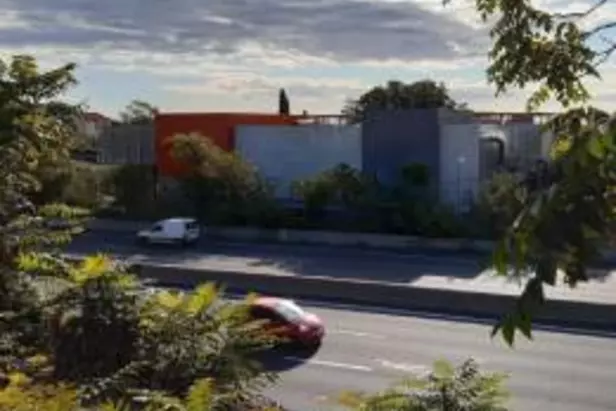
France
The Cagnes sur Mer WWTP, near Nice in the south of France, transforms its sludge into green energy by injecting biomethane into the local gas distribution network and recovers the heat and energy available at each stage of its process.
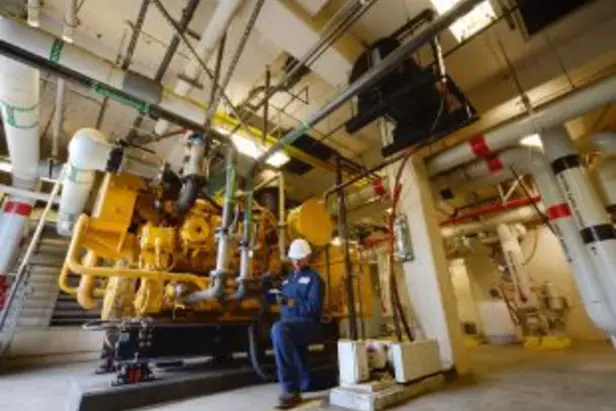
United States of America
The sewage treatment plant in Gresham, USA, used to be the council’s largest single user of energy. Thank to our solutions for recovering sewage sludge as gas, it now produces 92% of the power it needs and has reduced its monthly electricity bills by $40,000 to $50,000.


